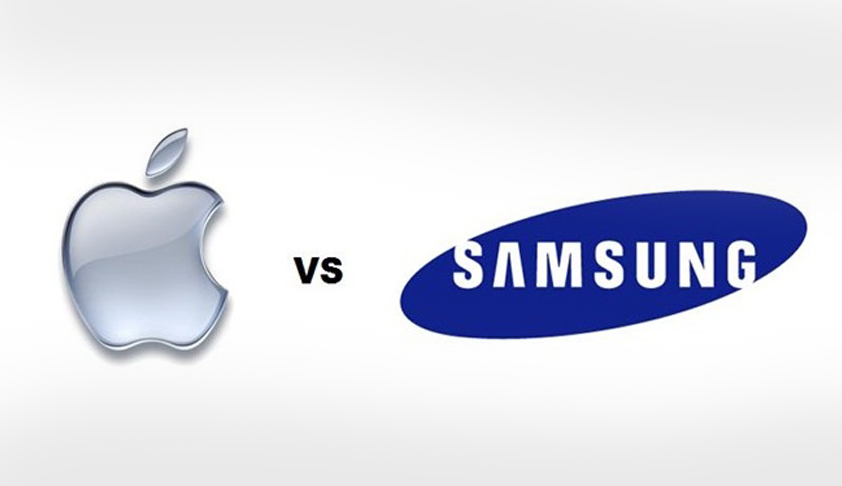For years, rumors about a foldable iPhone have been circulating, and recent updates suggest Apple is finally closer to unveiling it. The tech giant is reportedly developing two foldable devices: a clamshell foldable iPhone and a larger 20-inch foldable iPad. However, the foldable iPhone seems to lead the race for an earlier launch.
Design and Screen Details
Apple’s foldable iPhone is expected to feature a clamshell design, similar to the Samsung Galaxy Z Flip or Motorola Razr. The device will have a standard smartphone display size but can fold inward to become more compact for easier portability.
Reports indicate that the screen might be larger than the iPhone 16 Pro Max, offering at least a 7-inch display when unfolded. Apple is also working on a bigger foldable device resembling a laptop with a 19-inch screen, but this seems to be at a much earlier stage of development.
To ensure a seamless experience, Apple is tackling challenges like reducing screen creases, enhancing hinge durability, and using better materials for the display cover.
The Foldable Market and Apple’s Impact
The foldable smartphone market has seen impressive growth, with a 40% annual rise between 2019 and 2023. However, this trend is slowing, with growth expected to drop to just 5% in 2024 and a potential decline in 2025. Experts believe Apple’s entry into the market could reignite interest, bringing new features and innovation to the segment.
Expected Release Date
If everything goes as planned, Apple’s first foldable iPhone could arrive in late 2026 alongside the iPhone 18 series. Apple reportedly assigned a new codename to the project in mid-2024, signaling significant progress beyond the prototyping stage.
While the exact release timeline remains uncertain, Apple’s foldable iPhone is shaping up to be a game-changer in the tech world.



